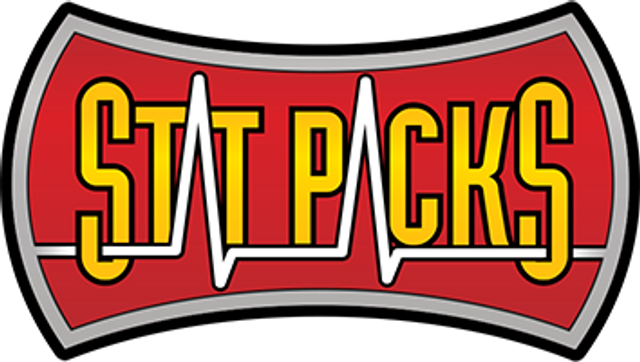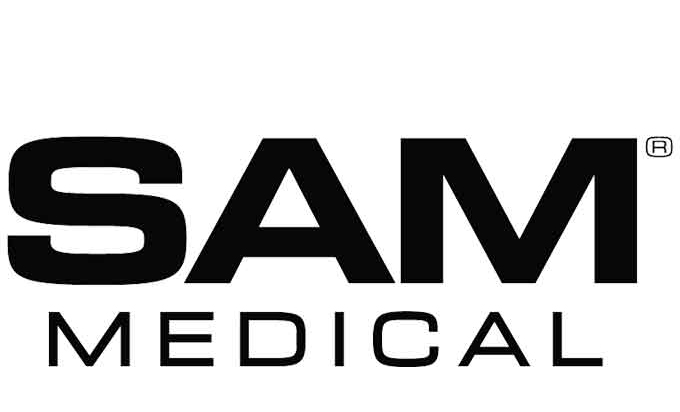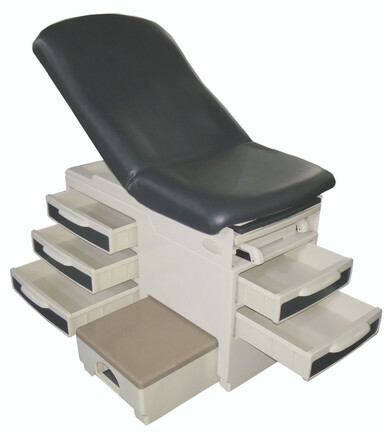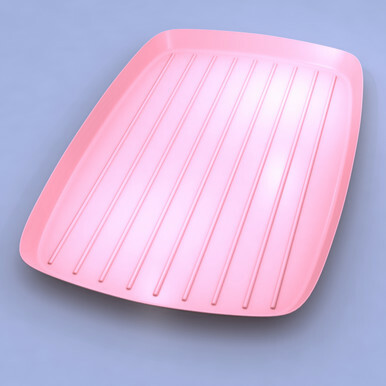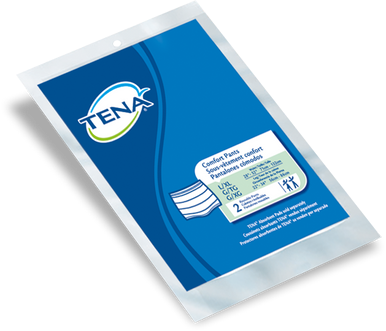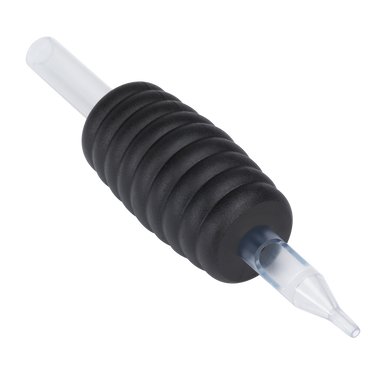A Comprehensive Guide to Different Types of Syringes
Posted by EMRN on 11th Sep 2023
Syringes are fundamental tools in the world of medicine, indispensable for administering medications, vaccines, and various medical procedures. They come in various types and sizes, each designed to serve specific purposes. In this blog post, we will explore the different types of syringes commonly used in healthcare, their unique features, and the roles they play in the field of medicine.
- Standard Disposable Syringes
Standard disposable syringes are perhaps the most recognized type. They are available in various sizes, typically ranging from 1 mL to 60 mL. These syringes are made for single use, which minimizes the risk of contamination and infections. They consist of a barrel, plunger, and a pre-attached needle or a luer lock for attaching different types of needles.
- Insulin Syringes
Insulin syringes are specifically designed for administering insulin. They are smaller in volume, typically available in 0.3 mL to 1 mL sizes, and have ultra-fine needles to reduce pain during injections. The units of measurement on insulin syringes are calibrated to match insulin dosages.
- Tuberculin Syringes
Tuberculin syringes are used for administering very small doses of medication, often for diagnostic purposes, such as the Mantoux test for tuberculosis. They are typically 1 mL in volume and feature fine graduations for accurate measurements.
- Safety Syringes
Safety syringes are designed to reduce the risk of needlestick injuries and contamination. They have various safety mechanisms, such as retractable needles or shields that cover the needle after use. These syringes are crucial in preventing accidental exposure to bloodborne pathogens.
- Epidural Syringes
Epidural syringes are designed for administering medications into the epidural space around the spinal cord. They typically have a larger barrel and are available in 10 mL or 20 mL sizes to accommodate the required volume of medication.
- Luer-Lock Syringes
Luer-lock syringes feature a threaded tip that securely attaches to needles or other medical devices with a corresponding luer-lock mechanism. This ensures a tight seal and prevents leakage, making them suitable for applications where precise control over fluid flow is essential.
- Catheter Tip Syringes
Catheter tip syringes have a long, tapered tip that makes them ideal for flushing or aspirating fluids through catheters and feeding tubes. They come in various sizes to accommodate different catheter diameters.
- Gas-Tight Syringes
Gas-tight syringes are used in laboratory and industrial settings for precise measurement and handling of gases or volatile liquids. They are designed to prevent gas leakage during the measurement process.
Conclusion
Syringes are versatile tools with a wide range of applications in healthcare, from administering medications to conducting diagnostic tests. Each type of syringe is carefully designed to meet specific needs, ensuring the safety and efficacy of medical procedures. Understanding the differences between these syringe types is crucial for healthcare professionals to make informed choices and provide the best possible care to their patients. Whether it's a standard disposable syringe or a specialized variant, the right syringe plays a vital role in the world of medicine.




